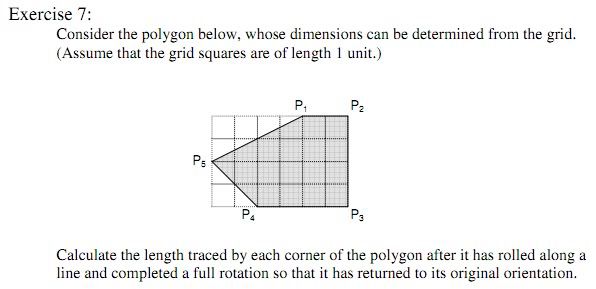Corpsecreate
Smash Lord
I'm not sure if this is correct but...
r^2 = cos(theta)
We know:
r^2 = x^2 + y^2
rcos(theta) = x ----> cos(theta) = x/r
rsin(theta) = y
so...r^2 = cos(theta) becomes (x^2+y^2) = x/r.
since r^2 = (x^2 + y^2) then r must be sqrt(x^2 + y^2) and so you have:
(x^2+y^2) = x/sqrt(x^2+y^2) or another way of writing it.
(x^2+y^2)^1.5 = x
r^2 = cos(theta)
We know:
r^2 = x^2 + y^2
rcos(theta) = x ----> cos(theta) = x/r
rsin(theta) = y
so...r^2 = cos(theta) becomes (x^2+y^2) = x/r.
since r^2 = (x^2 + y^2) then r must be sqrt(x^2 + y^2) and so you have:
(x^2+y^2) = x/sqrt(x^2+y^2) or another way of writing it.
(x^2+y^2)^1.5 = x


